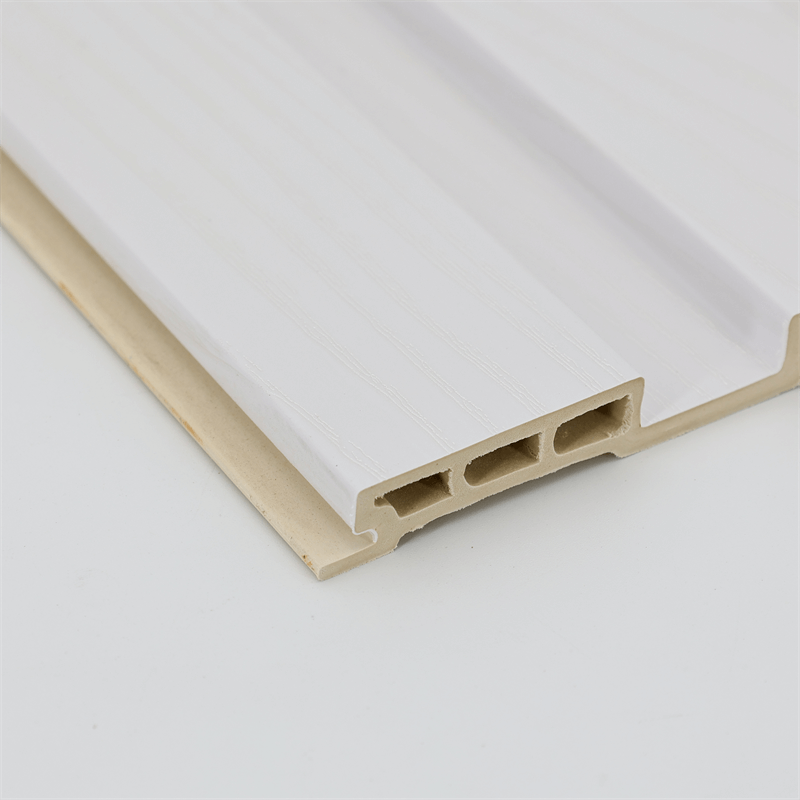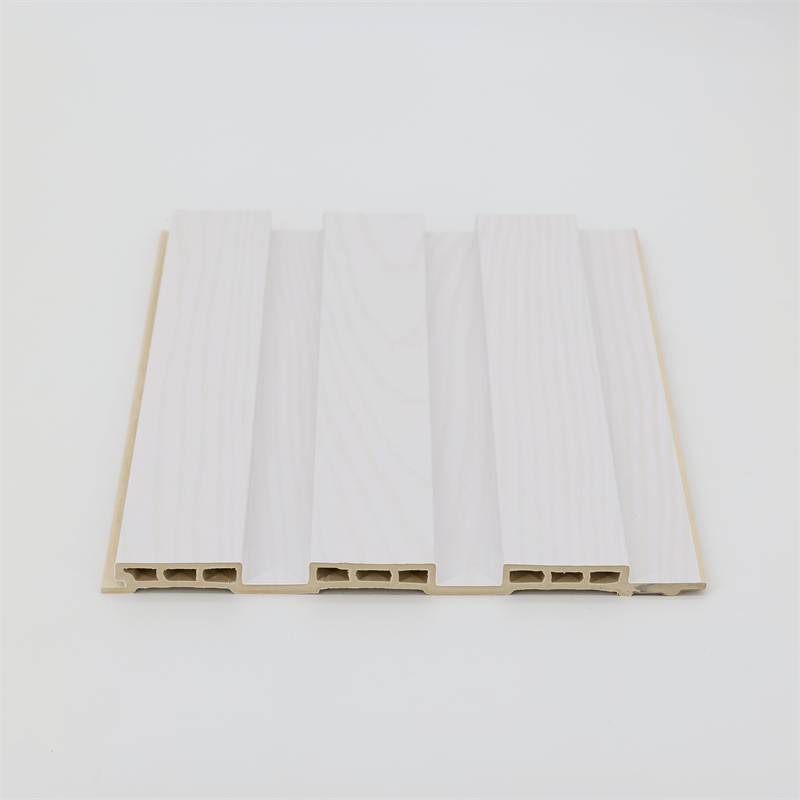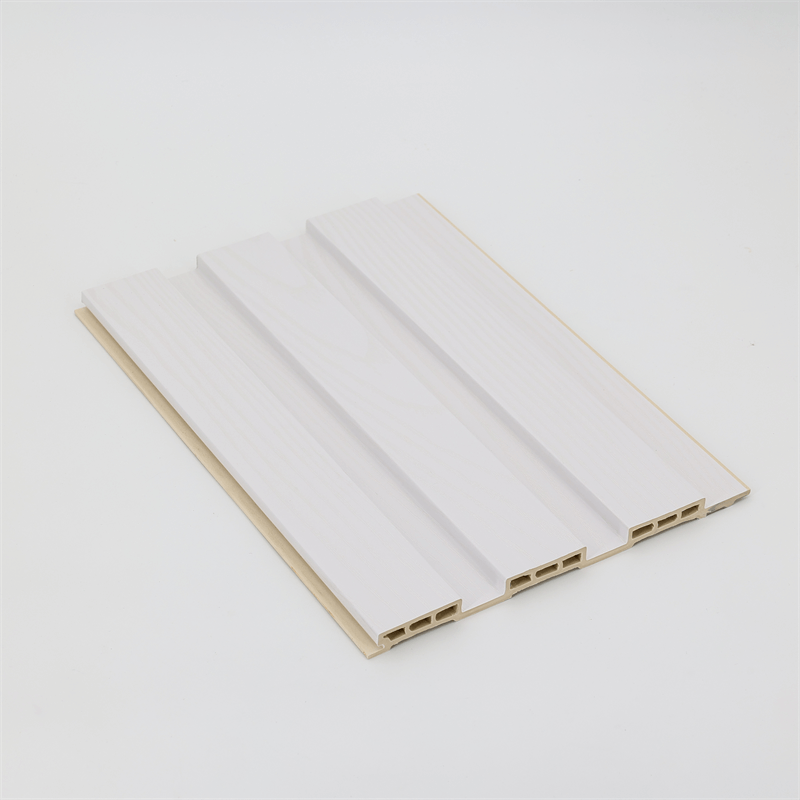In the realm of residential construction, the choice of materials for interior and exterior walls plays a crucial role in determining the overall aesthetics, durability, and functionality of a space.
Wood-Plastic Composite (WPC) wall panels have emerged as a versatile and durable option for residential applications.
This essay explores the benefits of WPC wall panels, focusing on their versatility, durability, ease of installation, and design options.
By understanding the advantages of WPC panels, homeowners and designers can make informed decisions when selecting materials for their residential projects.
I. Versatility of WPC Wall Panels:
One of the key advantages of WPC wall panels is their versatility.
These panels can be used in various residential applications, both indoors and outdoors. For interior spaces, they can be installed as accent walls, adding a touch of elegance and visual interest to the room.
Externally, WPC panels serve as cladding options, enhancing the façade of the house while providing protection against the elements.
The versatility of WPC panels allows homeowners and designers to achieve a cohesive and harmonious aesthetic throughout the residential project.
II. Durability and Longevity:
WPC wall panels are known for their exceptional durability and longevity, making them an ideal choice for residential applications.
These panels are engineered to withstand the rigors of everyday use, including impacts, moisture, and temperature variations.
Unlike traditional materials such as wood or plasterboard, WPC panels do not warp, crack, or rot over time.
This durability ensures that residential spaces maintain their structural integrity and aesthetic appeal for years to come, minimizing the need for frequent repairs or replacements.
III. Ease of Installation:
Another advantage of WPC wall panels is their ease of installation. Compared to traditional materials, such as wood planks or tiles, WPC panels are lightweight and easy to handle.
They can be quickly and efficiently installed, reducing labor costs and construction time.
The installation process typically involves interlocking or adhesive methods, allowing for a seamless and hassle-free application.
The ease of installation makes WPC wall panels an attractive option for homeowners seeking efficient and time-saving solutions for their residential projects.
IV. Design Options and Aesthetics:
WPC wall panels offer a wide range of design options and aesthetics, providing homeowners with the opportunity to create personalized and visually stunning spaces.
These panels are available in various colors, textures, and finishes, allowing for customization according to individual preferences and design themes.
Whether aiming for a contemporary, rustic, or traditional look, WPC panels can effortlessly complement any interior or exterior style.
Additionally, WPC panels can be embossed or molded to mimic the appearance of natural materials, such as wood grains or stone textures, providing a high-end look without the associated maintenance requirements.
Wood-Plastic Composite (WPC) wall panels have proven to be a versatile and durable option for residential applications.
Their versatility allows for a wide range of uses, both indoors and outdoors, providing homeowners and designers with flexibility in design.
The durability and longevity of WPC panels ensure that residential spaces maintain their structural integrity and aesthetic appeal for years to come, minimizing the need for costly repairs or replacements.
The ease of installation further enhances their appeal, saving time and labor costs during the construction process.
Moreover, the wide range of design options and aesthetics available with WPC panels allows homeowners to create personalized and visually appealing spaces that suit their individual style and preferences.
In conclusion, WPC wall panels are an excellent choice for residential applications due to their versatility, durability, ease of installation, and design options.
As homeowners and designers seek materials that combine functionality, aesthetics, and longevity, WPC panels provide a viable solution that ticks all the boxes.
By utilizing WPC wall panels in residential projects, homeowners can create beautiful, durable, and personalized spaces that reflect their unique style while enjoying the benefits of a low-maintenance and long-lasting material.

WPC wall panels have proven to be a game-changer in the realm of residential construction.
Their versatility allows them to be used in a variety of applications, both indoors and outdoors, providing homeowners with endless design possibilities.
The durability and longevity of WPC panels ensure that residential spaces withstand the test of time, reducing the need for frequent repairs or replacements.
Additionally, the ease of installation makes WPC panels a convenient option, saving homeowners time and labor costs during the construction process.
Furthermore, the wide range of design options and aesthetics available with WPC panels allows homeowners to create spaces that reflect their individual style and preferences.
Whether aiming for a contemporary, rustic, or traditional look, WPC panels offer a variety of colors, textures, and finishes to achieve the desired aesthetic.
Not only do WPC wall panels offer practical benefits, but they also contribute to sustainable construction practices.
These panels are often made from recycled materials, reducing the demand for virgin resources and minimizing waste.
By choosing WPC panels for residential applications, homeowners can contribute to a more environmentally conscious approach to building.
In conclusion, WPC wall panels are a versatile and durable option for residential applications.
Their ability to adapt to various design styles, coupled with their durability and ease of installation, makes them an attractive choice for homeowners.
Whether used as accent walls indoors or as cladding options outdoors, WPC panels offer a balance of functionality and aesthetics.
By choosing WPC wall panels, homeowners can create beautiful, long-lasting, and sustainable residential spaces that reflect their personal style and contribute to a greener future in the construction industry.


